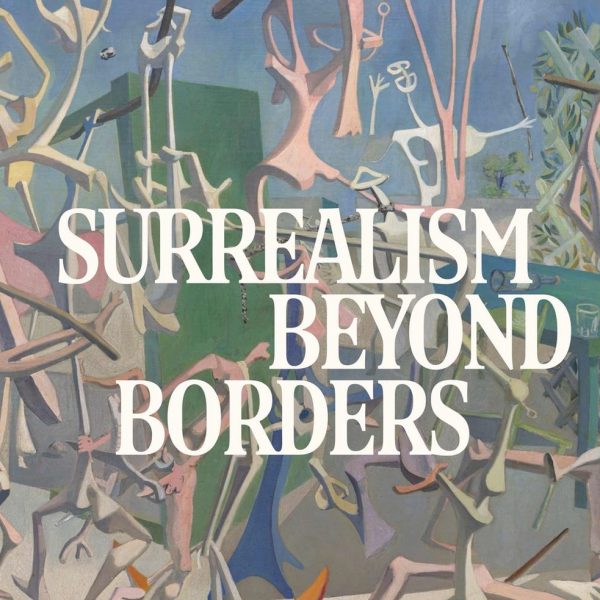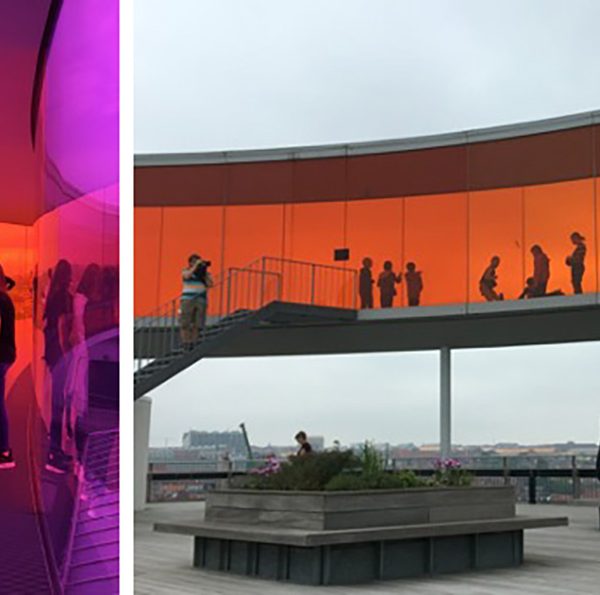Renovated Islamic Art Galleries Open at The Met
 Today, The Metropolitan Museum of Art reopens a suite of fifteen galleries devoted to Islamic Art, after an eight year renovation project. The new space will display 1,200 works of art from Arab lands, Turkey, Iran, Central, and South Asia, among them the celebrated Emperor’s Carpet, and the Damascus Room, a complete room from an eighteenth century upper-class residence. Reporting for the New York Times, Holland Cotter writes that the new installation “is as intelligent as it is visually resplendent….An immense cultural vista – necessary, liberating, intoxicatingly pleasurable – has been restored to the city.” Under the leadership of Sheila R. Canby, who was named Curator in Charge of the Department of Islamic Art in 2009, the renovated galleries showcase the breadth and variety of influences on Islamic Art and its relationship with itself.
Today, The Metropolitan Museum of Art reopens a suite of fifteen galleries devoted to Islamic Art, after an eight year renovation project. The new space will display 1,200 works of art from Arab lands, Turkey, Iran, Central, and South Asia, among them the celebrated Emperor’s Carpet, and the Damascus Room, a complete room from an eighteenth century upper-class residence. Reporting for the New York Times, Holland Cotter writes that the new installation “is as intelligent as it is visually resplendent….An immense cultural vista – necessary, liberating, intoxicatingly pleasurable – has been restored to the city.” Under the leadership of Sheila R. Canby, who was named Curator in Charge of the Department of Islamic Art in 2009, the renovated galleries showcase the breadth and variety of influences on Islamic Art and its relationship with itself.
 Marking the reopening of the galleries, Masterpieces from the Department of Islamic Art in The Metropolitan Museum of Art presents a selection of nearly three hundred masterpieces from The Met’s collection, including ceramics, paintings, textiles, and metalwork that display the distinctive ornamental features of the Islamic tradition. The book, edited by Maryam D. Ekhtiar, Priscilla P. Soucek, Sheila R. Canby, and Navina Najat Haidar, features essays by the museum curators that provide insight into the works, offering perspectives on pieces originating everywhere from Spain to Morocco and from the seventh century to the nineteenth.
Marking the reopening of the galleries, Masterpieces from the Department of Islamic Art in The Metropolitan Museum of Art presents a selection of nearly three hundred masterpieces from The Met’s collection, including ceramics, paintings, textiles, and metalwork that display the distinctive ornamental features of the Islamic tradition. The book, edited by Maryam D. Ekhtiar, Priscilla P. Soucek, Sheila R. Canby, and Navina Najat Haidar, features essays by the museum curators that provide insight into the works, offering perspectives on pieces originating everywhere from Spain to Morocco and from the seventh century to the nineteenth.
 Sultans of the South: Arts of India’s Deccan Courts, 1323-1687, edited by Haidar and Marika Sardar, focuses on a more specific area of Islamic art, looking particularly at the paintings, literature, carpets, and architecture that came out of the highly cultured Muslim courts of south-central India during this period. The essays in this volume expand upon and sometimes challenge previous research into Deccani art, working with new discoveries and observations and exploring connections between the works and the larger historical and cultural contexts represented by the full scope of the newly renovated galleries.
Sultans of the South: Arts of India’s Deccan Courts, 1323-1687, edited by Haidar and Marika Sardar, focuses on a more specific area of Islamic art, looking particularly at the paintings, literature, carpets, and architecture that came out of the highly cultured Muslim courts of south-central India during this period. The essays in this volume expand upon and sometimes challenge previous research into Deccani art, working with new discoveries and observations and exploring connections between the works and the larger historical and cultural contexts represented by the full scope of the newly renovated galleries.
According to Canby, many of the works to be found in the collection reflect “virtuosic achievements in the arts of the book,” and among the most impressive of these achievements is The Shahnama of Shah Tahmasp or The Persian Book of Kings. Pages from the Shahnama are on display in the galleries, and for the first time ever, a complete color reproduction of Shah Tamasp’s famously beautiful sixteenth-century illustrations is available in book form. The volume, complete with an introduction by Canby, allows the viewer to appreciate the intricate calligraphy, paintings, illumination that characterize the sumptuous illustrations of this literary epic.

























